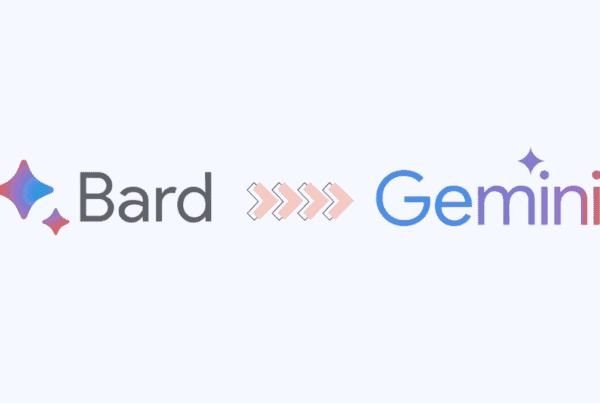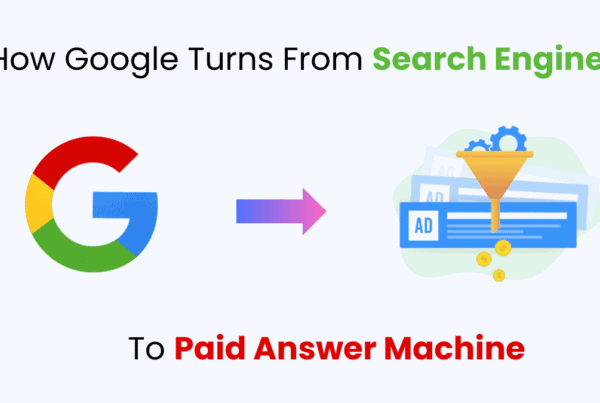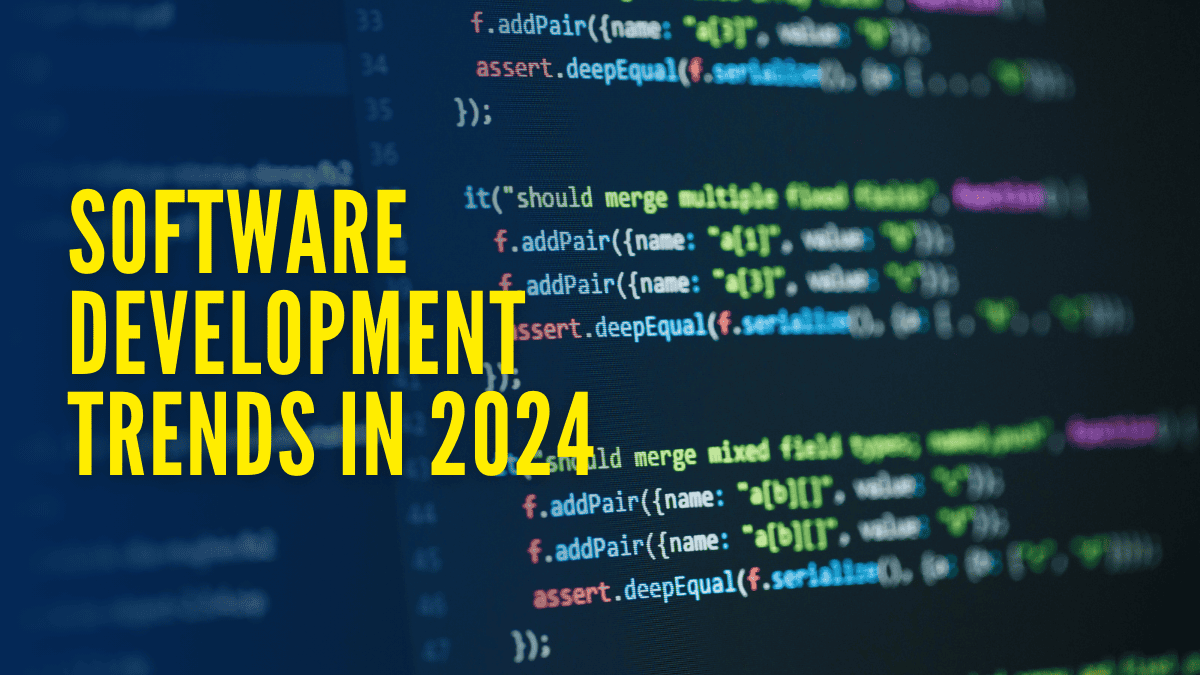
In today’s scenario software development is an integrated part of modern technologies. Its rise took pace over recent times to meet the expectations of users and market demands. This is why web designingmost of the organizations are now getting familiar with these technological advancements more than ever before. In 2024, we see various trends shaping the landscape of software development. Keep on reading to know more!
In 2024, businesses are facing a lot of financial pressure due to high inflation. Therefore, the leaders are facing difficulties in getting high returns with limited resources and tight budget investments. Despite the economic downfall, businesses are investing in digital transformation initiatives.
According to the Microsoft SMB Voice and Attitudes to Technology Study 2022, approximately 70% of businesses consider growth to be their primary element and technology makes it higher and faster. As most companies are adopting new and innovative software development services, it is expected that the compound annual growth of the IT sector will rise to 5% by 2024. It is because of the digital transformation that fluctuates the technological landscape.
CIOs and CTOs are investing in software technologies by adapting the latest trends that simplify operations and help them handle competitive challenges. The possibility of slowing down the emerging technologies in software development is minimal. Suppose the growth of the software industry continues like this then it is estimated that the market will become worth over $1 billion by 2025. If you want to know everything about the latest trends in software development in 2024, this article will be beneficial for you.
Current Status of Software Development in 2024
The current trend in software development comprises many technologies including cloud computing, microservices architecture, and DevOps practices, etc. These trends have been successful in bringing enormous changes in the IT sector.
Moreover, it has also transformed the development of software by providing a lot of ideas about its deployment and maintenance. Project management approaches like Agile methodologies are accepted worldwide that fasten the development process and increase collaboration between different teams in the current software trend.
Agile methodologies have gained worldwide acceptance, which also allows for faster development cycles and increased collaboration among teams from different departments in this new software trend. Here are the Top 20 Software Development Trends that are gaining popularity in 2024.
1. Cloud computing
Last year in 2023, Cloud computing gained so much popularity that governmental organizations along with startups and other business institutions embraced it for their projects. Various security departments, medical centers, and the Pentagon itself recognize the value of the technology.
It is expected that by the end of 2024 not only in the US but also all over the world there will be a notable transition of businesses and institutes to the Cloud. The primary reason behind the growing importance of the Cloud in the software industry trends is transitioning to a computing form that has never been easier. Therefore, almost all global firms like Google, Amazon, and Microsoft are investing in this technology and providing cloud computing to businesses and individuals.
2. Increasing AI and ML Integration
In recent years, the adoption and integration of artificial intelligence (AI) and machine learning (ML) in industries have driven software development to another dimension. These two are the most successful and widely used technologies across the world that made data-driven decision-making and predictive analytics algorithms in businesses a lot easier.
Despite the business size, AI and ML integration is gaining popularity from small-scale industrialists to tech giants. It is estimated that the growth of the integration will be steady in the coming years. Specifically, AI alone is expected to surpass half a trillion dollars in 2024. The growth of AI is expected to reach the line of $1.87 trillion by 2024 which has a CAGR of 38.1% from 2022 to 2030.
3. Blockchain Technology Applications Over FinTech
There’s nothing new in Blockchain technology. However, many experts say that in 2024 Blockchain technology is disrupting the software development sector. This is because it has gone beyond the outreach of fintech. Various industrial sectors are understanding the benefits and usefulness of this technology and starting to implement it in their businesses.
New ways to upgrade or improve blockchain technology are in progress. Developers are continuously working on it. If it continues like this then according to Transparency Market Research there are high possibilities that the blockchain market will see a CAGR of 58.90% with approximately $20 billion by the end of 2024.
4. Growth of Investment in Progressive Web Apps
There’s also nothing new with the Progressive Web Apps (PWAs) unlike the blockchain technology. They were introduced in the year 2015. Due to their high adoption and acceptance over the years, they have seen a CAGR of 31.9% and an estimated market value worth $10.44 billion by 2027.
The usage of mobile has increased tremendously over the past decade, giving tech industries an idea to catch up with PWA technology for positive outcomes. PWAs help in improving the websites so that the users get a more app-like experience.
5. Adaptation of Low-Code/No-Code Development
The development of software is always a lengthy and tedious process. However, Low-code and no-code development lets developers make apps in a much faster and easier way with minimum coding.
Varsha Mehta, Senior Market Research Specialist at Gartner says- “Organizations are increasingly turning to low-code development technologies to fulfill growing demands for speed application delivery and highly customized automation workflows.”
Gartner earlier predicted that almost all scale industries will adopt low-code development and this rate will exceed around 50% by 2026.
6. Serverless Computing
Serverless computing allows the developers to create and run applications and services without managing servers which causes better efficiency at a low budget. Cloud providers handle the infrastructure and scale the resources automatically as needed.
Serverless computing is also known as Function as a Service (FaaS) which enhances cost efficiency and scalability. Popularized by AWS Lambda, it reduces operational overhead and enables faster deployment of applications.
7. Popularity of Distributed Computing
Distributed computing is becoming very popular in 2024 and allows data-sharing between different computer servers that are connected as a group.
As large volumes of data require multiple servers to proceed quickly; distributed computing therefore allows applications to add servers accordingly as needed.
Distributed computing improves performance with minimal cost. Moreover, a technical glitch in one server will not affect the others resulting in continuity of work.
8. Cybersecurity with DevSecOps
DevSecOps also called Development + Security + Operations is a culture approach, concerned with automation and platform design. It is mainly concerned with security throughout the IT lifecycle.
Over time, a large number of companies are adapting DevSecOps for their cybersecurity programs. Its primary focus is built-in security over data and apps.
DevSecOps detects the potential risks that are vulnerable to major concerns and fixes them in the initial phase.
9. Directing the AR/VR Era
Earlier, AR and VR were used just for video games and entertainment. However, in 2024, the number of businesses that are valuing these technologies is increasing.
AR is used to generate real-life elements for computer-based content that make it more interactive and dynamic for users. On the other hand, VR is used for a virtual, immersive simulation.
These technologies are really helpful in creating real-world simulations for users and building interactive training programs for employees. It’s difficult to bring large machinery into a trade fair or expo. Hence, VR or AR allows customers to get the same experience.
10. Microservice Architecture
Microservices architecture is another software development trend that is gaining popularity in 2024. The primary function of Microservices architecture is to create single-function modules with particularly specified interfaces and functions.
Microservice architecture allows small developers to create and maintain services more efficiently and quickly. This is easy to manage as every layer of service is detached from the codebase. The developers don’t have to rebuild the whole thing to update and manage an app or service.
11. NFT Tokens in Cryptocurrency
NFTs, also called Non-Fungible Tokens, are digital elements that are related to the Blockchain. These NFTs are not convertible and are unique.
The NFT concept has become a significant trend in 2024 and is mainly concerned with Blockchain-based payments.
Due to its fast, secure, and transparent payment transaction, it has become the most common and favorite payment method in software development businesses.
NFTs are concerned with smart contracts or self-executing lines of code, that allow speedy and secure payment between people.
NFTs are expected to reach the mark of $211.7 billion by 2030, with a growth rate of 34.2%.
12. React Native Thrive
The programming React Native allows the developers to use a single codebase to build high-quality cross-platform applications.
Recently, it has emerged as a significant business tool that helps developers work more efficiently to expand their business reach and streamline workflows.
13. Advancement of 5G Technology
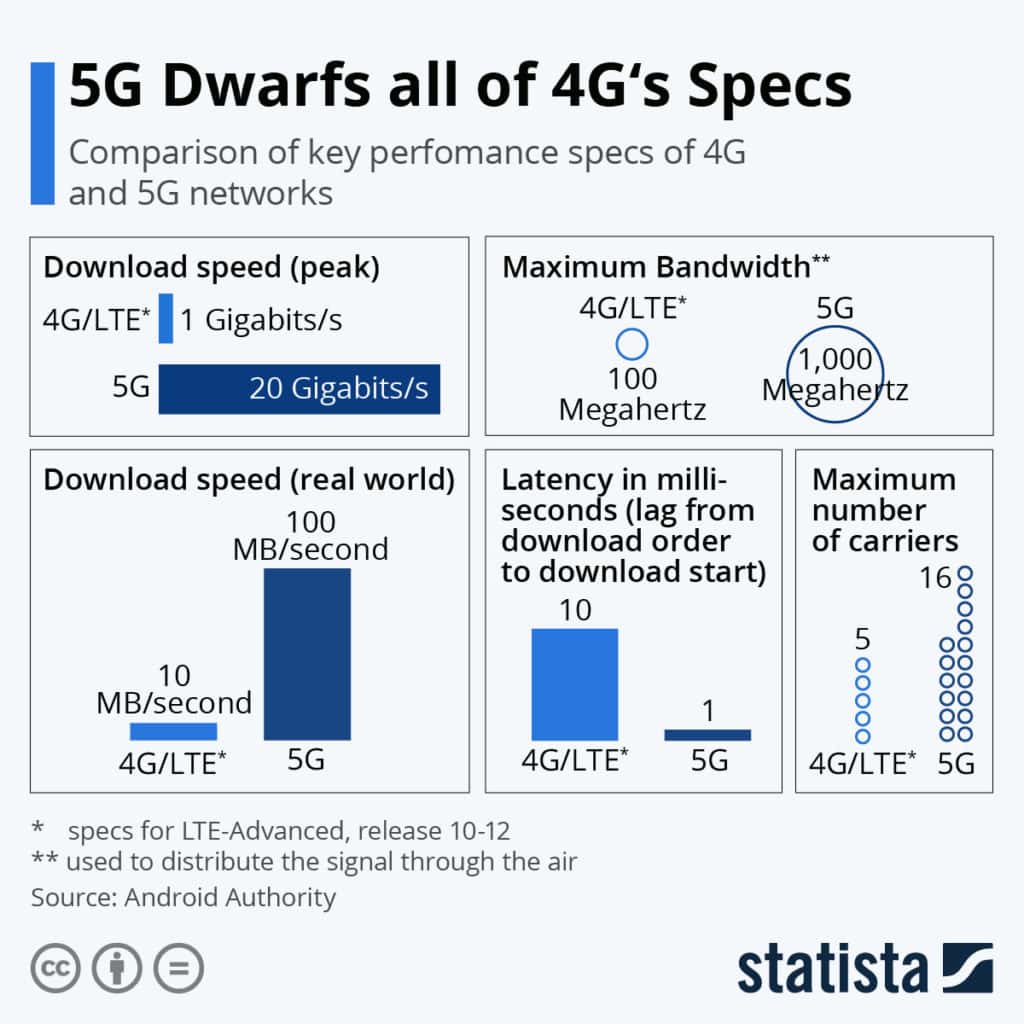
Due to the rapid adoption of the 5G network, it is expected that more than 1.4 billion devices will be connected to this network by 2025. The 5G network has greater efficiency than 4G. It has enhanced the user experience by upgrading the network coverage, digital connection, communication, and network architecture.
14. Growth of IoT (Internet of Things) Solutions
The growth of IoT (internet of things) solutions is increasing due to the high adoption and growth of smart devices. This increases connectivity and allows people to connect the gap between the physical and digital.
A recent report says that the global IoT market is expected to grow to $650.5 billion by 2026 with a CAGR of 16.7%. The primary reason behind this growth is the rise of related technologies like AI, ML, etc. Moreover, the IoT gadgets that are related to Healthcare help detect early disease and provide essential checkups for better recovery and healing.
15. Increased Demand for Python Developer
In 2024, Machine learning and data science will have a widespread demand in several industries that open opportunities for experienced Python app developers. Python is one of the efficient programming languages that is capable of performing multiple tasks and handling complex jobs.
For any complex task, like web designing, app development, and machine learning models, the programming language makes it efficient for the developers to complete it.

As you can see, Python is already the third most popular language after Java and C. Its popularity is growing fast, with demand doubling recently. Plus, Python is easy to learn but can also be used for very complex projects requiring advanced skills.
16. Evolve of Web 3.0
Many researchers believe that the future of the Internet is in the hands of Web 3.0 because the latest technologies and software development are giving it a continuous push. The Web 3.0 applications are mostly available on desktops and high-end mobile phones. However, many tech experts believe that the number of Web 3.0 applications will be increasing in the upcoming years.
17. Development of Cloud-Native Technologies
The usage of cloud-native technologies in 2024 is growing rapidly because its cloud-native implementation helps developers build scalable applications. The Cloud-native applications provide services in various modern and dynamic work environments. This also works across modular architecture, containers, immutable infrastructure, service communication, etc.
Moreover, developers with cloud-native stacks like DevOps and GitOps can easily innovate and test applications and simultaneously produce new codes as well. Cloud-native technology provides various tools to the developers so that they don’t only have to be dependent on limited in-the-box options.
18. The Inception of IoB (Internet of Behavior)
The success of your business is in the hands of personalization. Once you start providing effective service, more users will approach your infrastructure. IoB (Internet of Behavior) helps to facilitate easier tracking, merging, and evaluating large volumes of data from various online activities and personal behaviors.
19. Edge Computing
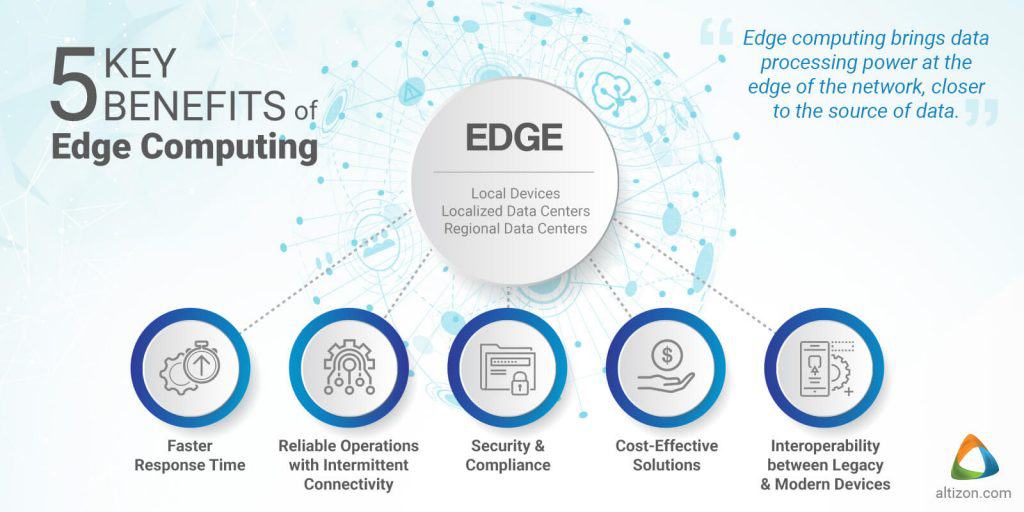
Source: Altizone
Edge computing allows the generation of large volumes of data and is very important for IoT devices. Reports say the market of global edge computing will reach the mark of $15.96 billion in 2023 to $139.58 billion by 2030 with a CAGR of 37.4% by 2027.
20. Quantum Computing
“We couldn’t build quantum computers unless the universe was quantum and computing. We can build such machines because the universe is storing and processing information in the quantum realm. When we build quantum computers, we’re hijacking that underlying computation to make it do things we want: little and/or/no calculations. We’re hacking into the universe.” -Seth Lloyd says
Quantum computing could be very useful in sectors like energy, finance, healthcare, and logistics as it addresses computational challenges that have been difficult for classical computers. The development of quantum computing has not gained full growth yet. The leading companies are still in the early stages of developing software to make quantum computing more accessible to a large audience.
Conclusion
In 2024, software development trends are taking a massive turn toward digitalization as well as AI and new technologies that intend to improve our ways of working and living.
Moreover, the technologies that have been around us for a long time are now finding a wider adoption. The companies see various opportunities and advantages in these technologies such as NFTs, and PWAs.


